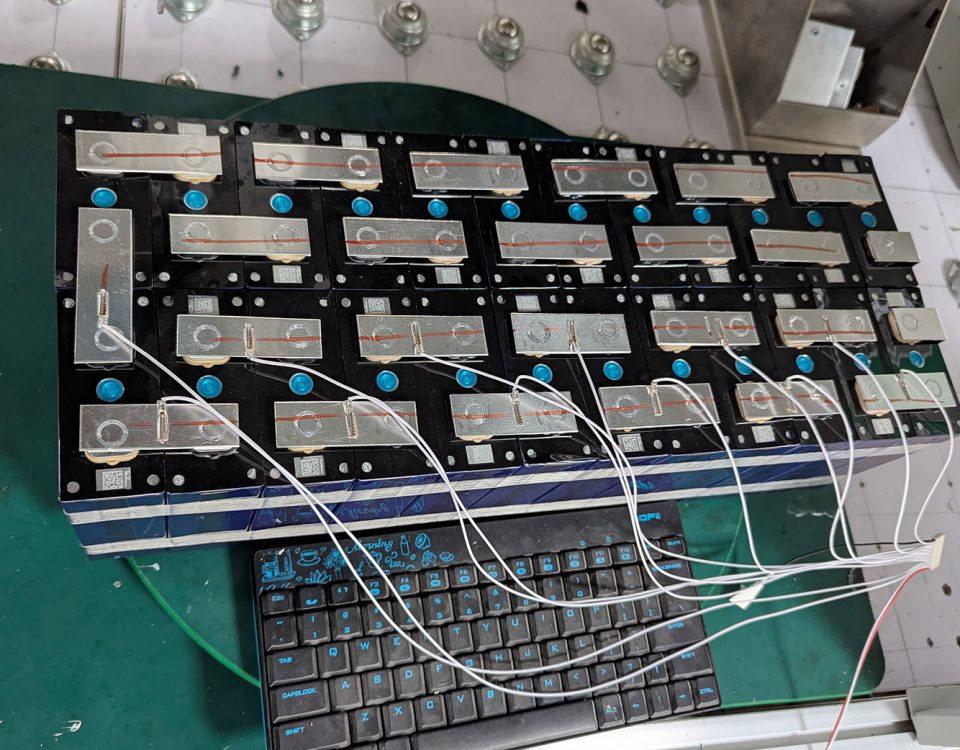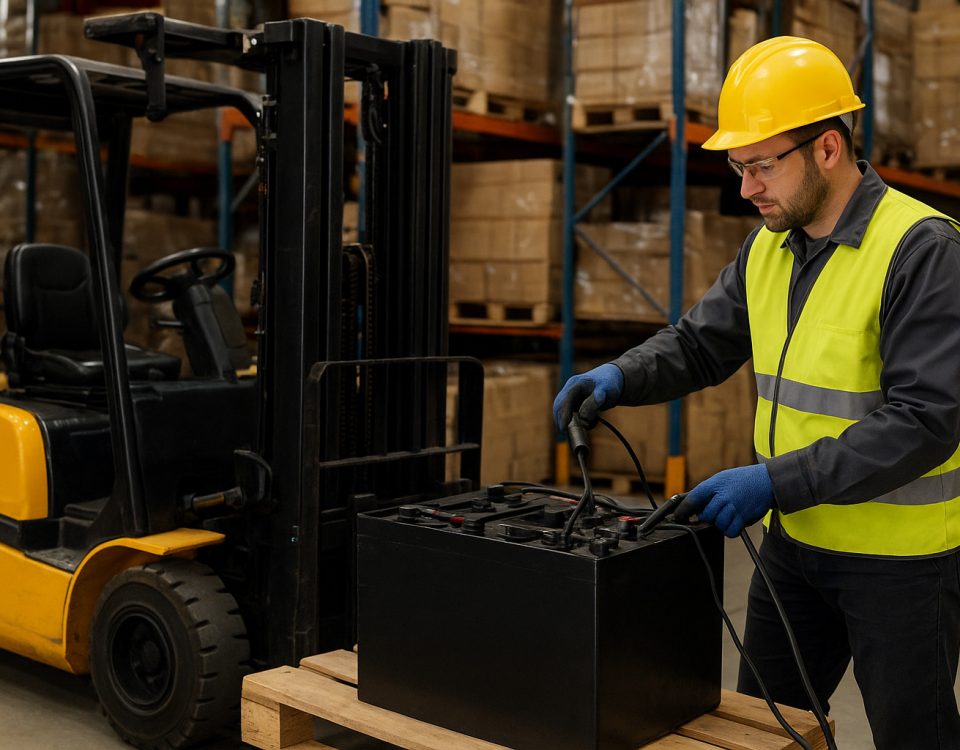Introduction: Two Pillars of the Battery Revolution
In an era of rapid energy innovation, batteries are the backbone of progress. Power batteries and energy storage batteries play distinct but equally critical roles in driving industries and advancing global sustainability efforts. While both rely on advanced battery chemistries, their designs, capabilities, and applications are fundamentally different. Understanding these differences can help businesses and individuals make informed decisions that maximize efficiency and value.
This article dives deep into the unique advantages, technical specifications, and practical applications of power batteries versus energy storage batteries—clarifying where each excels and how they contribute to a greener, more energy-efficient world.
1. What Are Power Batteries and Energy Storage Batteries?
-
Power Batteries are designed for high-power output, delivering energy quickly and efficiently for applications that require significant bursts of energy over shorter durations. They are widely used in electric vehicles (EVs), forklifts, automated guided vehicles (AGVs), and drones.
-
Energy Storage Batteries, on the other hand, are built to store energy over longer periods and release it slowly and steadily. They serve as essential components in renewable energy systems, grid stabilization, home backup power, and industrial energy storage.
The difference comes down to their functional focus:
- Power batteries prioritize output power and fast discharge, enabling mobility and performance.
- Energy storage batteries emphasize capacity, stability, and long discharge times to ensure energy availability when needed.
2. Technical Indicators and Key Parameters
To fully understand the strengths of each, let’s compare their technical features:
| Feature | Power Batteries | Energy Storage Batteries |
|---|---|---|
| Discharge Rate | High (e.g., 5C–10C or more) | Low to Moderate (e.g., 0.5C–1C) |
| Charge Speed | Fast charging to meet immediate power needs | Slower charging for energy retention |
| Cycle Life | Moderate (1,000–3,000 cycles) | Longer lifespan (up to 6,000 cycles) |
| Energy Density | High to ensure lightweight performance | Moderate, as size is less critical |
| Power Output | Optimized for peak power demands | Consistent, steady energy delivery |
| Applications | EVs, forklifts, AGVs, drones | Solar systems, wind energy, grid storage |
3. Advantages of Power Batteries
Power batteries are designed for performance-driven applications that require dynamic energy delivery. Their key benefits include:
- High Energy Output: Power batteries excel at delivering quick bursts of energy to accelerate vehicles or operate heavy machinery efficiently.
- Fast Charging: With optimized charging capabilities, power batteries can recharge quickly, reducing downtime for vehicles and equipment.
- Compact and Lightweight: Designed for mobility, power batteries prioritize energy density, ensuring they are compact enough for EVs, drones, or robotics.
- Peak Performance: These batteries are ideal for high-demand scenarios such as uphill driving or heavy lifting in industrial equipment.
Real-World Example
In electric vehicles, power batteries deliver the torque and speed needed for acceleration while maintaining a lightweight form. This makes them essential for achieving driving range and performance goals.
4. Advantages of Energy Storage Batteries
Energy storage batteries play a crucial role in stabilizing energy supply and ensuring resilience. Their strengths include:
- Long Discharge Times: Energy storage batteries provide consistent energy over hours or days, ideal for renewable energy systems and grid support.
- Extended Lifespan: These batteries are designed for longevity, enduring thousands of cycles with minimal capacity loss.
- Energy Stability: Unlike power batteries, they prioritize steady energy release, ensuring reliability during grid failures or peak demand.
- Scalability: Energy storage systems can be scaled up for residential, industrial, or utility-level applications.
Real-World Example
Solar power systems rely on energy storage batteries to store energy generated during the day and supply it at night, ensuring uninterrupted power availability.
5. Choosing Between Power Batteries and Energy Storage Batteries
When determining which battery type best suits your needs, consider the following factors:
- Usage Requirements: For applications requiring short bursts of high energy, such as electric vehicles or AGVs, power batteries are the ideal choice. For stable, long-term energy supply in homes, solar farms, or grids, energy storage batteries excel.
- Cost vs. Lifespan: Energy storage batteries typically have a longer cycle life, reducing long-term costs, while power batteries focus on immediate performance.
- Application Environment: Industries like logistics, EV manufacturing, and robotics prioritize power batteries, while renewable energy and backup power systems benefit most from energy storage batteries.
6. The Role of Innovation: What Lies Ahead?
Battery technology continues to evolve, blurring the lines between power batteries and energy storage batteries. Innovations such as solid-state batteries and advanced battery management systems (BMS) are improving energy density, safety, and cycle life across both types. Additionally, smart integration with IoT ensures real-time monitoring and efficiency optimization.
These advancements will enable batteries to play an even greater role in decarbonization and the transition to sustainable energy solutions.
7. RICHYE: Leading the Charge in Battery Innovation
As a trusted and professional lithium battery manufacturer, RICHYE specializes in delivering top-quality power and energy storage battery solutions. RICHYE’s lithium batteries are renowned for their outstanding performance, safety, durability, and cost-effectiveness—making them a preferred choice across industries.
Whether you need reliable power for forklifts, AGVs, or robust energy storage systems for renewable energy projects, RICHYE offers customized solutions to meet your exact requirements. With a commitment to quality and innovation, RICHYE ensures you have access to cutting-edge battery technology that powers your success.
Conclusion: Powering Different Needs for a Sustainable Future
Power batteries and energy storage batteries serve distinct yet complementary roles in our energy ecosystem. Power batteries deliver the high output needed for mobility and performance, while energy storage batteries ensure steady, reliable energy over time.
As technology advances, the line between the two will continue to blur, enabling smarter, cleaner, and more efficient energy solutions. By understanding the differences and selecting the right battery for each application, businesses and consumers can harness the full potential of this revolutionary technology.
With trusted manufacturers like RICHYE at the forefront, industries can confidently invest in battery solutions that drive progress and sustainability.




